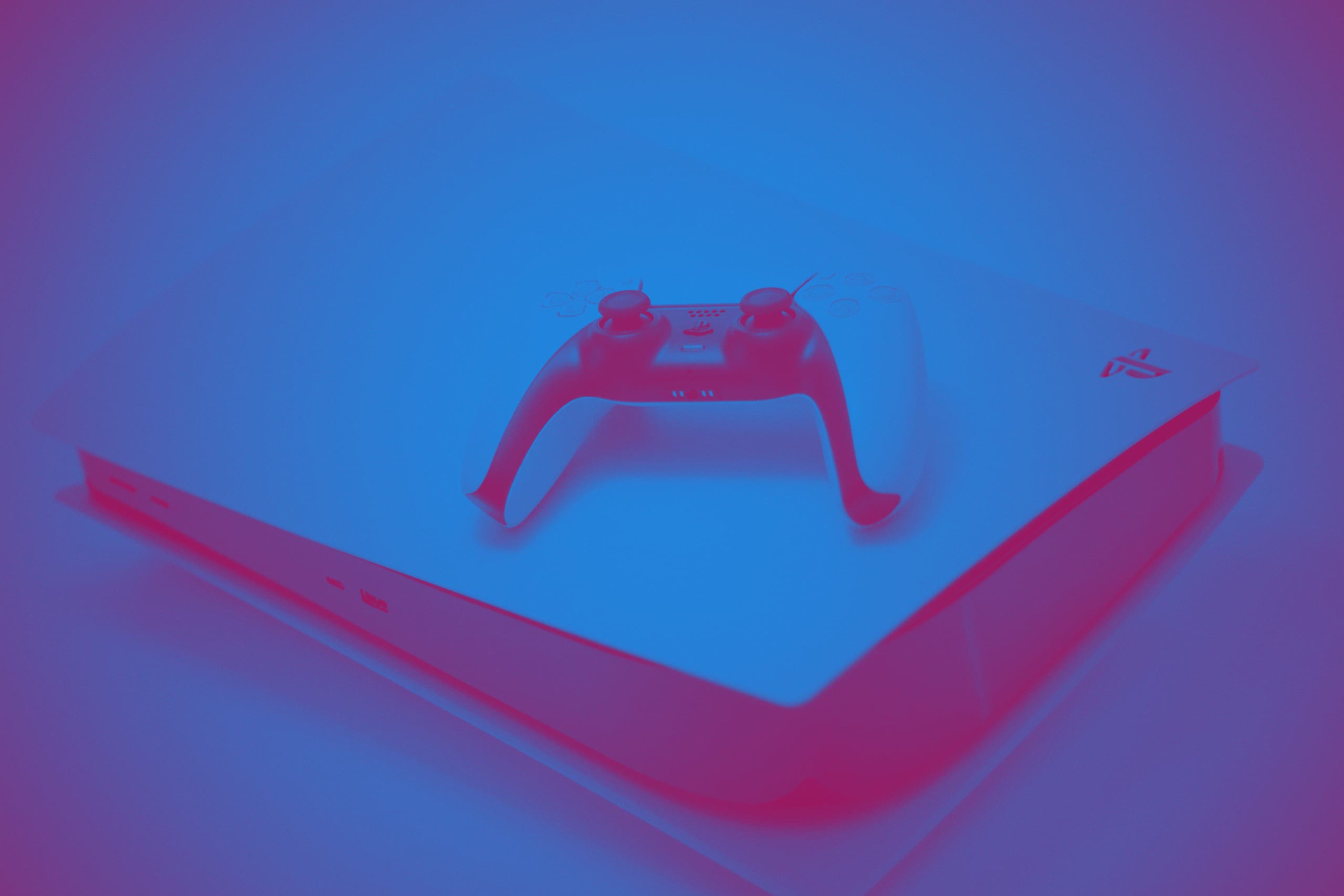What just happened? Price increases for materials and components, not to mention distribution, have hit the tech supply chain harder than two years of lockdowns and pent-up demand. Like many other companies, Sony is now passing the additional costs down to consumers as it scrambles to maintain its profitability targets.
Sony is raising the retail price of its PlayStation 5 console in several regions. The company announced the move earlier today, citing a difficult global economic environment and soaring inflation. While the tech giant is increasing PlayStation 5 prices across Europe, Africa, the Middle East, Latin America, and even North America, though the price hike won't affect the United States.
The price hikes range from $20 to $80 and are effective immediately, except for Japan, where the change won't hit consumers until September 15.
| Market | PS5 Standard Edition (old price) | PS5 Standard Edition (new price) | PS5 Digital Edition (old price) | PS5 Digital Edition (new price) |
|---|---|---|---|---|
| Europe | €499.99 | €549.99 | €399.99 | €449.99 |
| UK | £449.99 | £479.99 | £359.99 | £389.99 |
|
Canada |
CAD $629.99 | CAD $649.99 | CAD $499.99 | CAD $519.99 |
| Australia | AUD $749.95 | AUD $799.95 | AUD $599.95 | AUD $649.95 |
| Mexico | MXN $13,999 | MXN $14,999 | MXN $11,499 | MXN $12,499 |
| Japan | ¥49,980 | ¥60,478 | ¥39,980 | ¥49,478 |
| China | ¥3,899 | ¥4,299 | ¥3,099 | ¥3,499 |
"The global economic environment is a challenge that many of you around the world are no doubt experiencing," said Jim Ryan, President and CEO of Sony Interactive Entertainment. "We're seeing high global inflation rates, as well as adverse currency trends, impacting consumers and creating pressure on many industries."
Ryan explains that based on these mounting pressures, Sony didn't have a choice but to raise prices. This may be especially true for consoles, which usually sell at a loss for months or even years after launch. Console manufacturers offset those losses by selling accessories, games, subscriptions, and even older generation console models.
A little over a year ago Sony started selling the standard edition of the PlayStation 5 at a profit, while the Digital Edition was still selling at a loss. Meanwhile, in the past three years (March 2019 - March 2022), Sony has sold an estimated 20 million PlayStation 4 consoles which are based on older technology and are very cost efficient to make.

Fortunately for Sony, demand for its consoles has yet to slow down while the chip shortage is gradually coming to an end. The company says it's committed to improving the PlayStation 5 supply situation, and cooling demand for a variety of silicon such as graphics DRAM and NAND chips should help remove a few pinch points in the supply chain.
Microsoft has yet to announce a similar move for its Xbox Series consoles and there is no hint yet that Nintendo would like to follow with a price hike of the Switch console either, despite a significant slowdown in both hardware and software sales.

Earlier this month, Nintendo president Shuntaro Furukawa told Nikkei the company doesn't want to price people out of its best-selling console ever, as it would kill momentum for the overall business.
It's possible Sony's decision will help its rivals in the coming months, but we'll have to wait and see. Consumer spending in the video game industry was down 13 percent last quarter, but the PlayStation 5 generated the most money.
Over the past few months, other tech companies including Tesla, Intel, Meta, and several laptop makers have also announced price increases for their most popular products, some of which are already in effect.
Masthead credit: Kerde Severin
